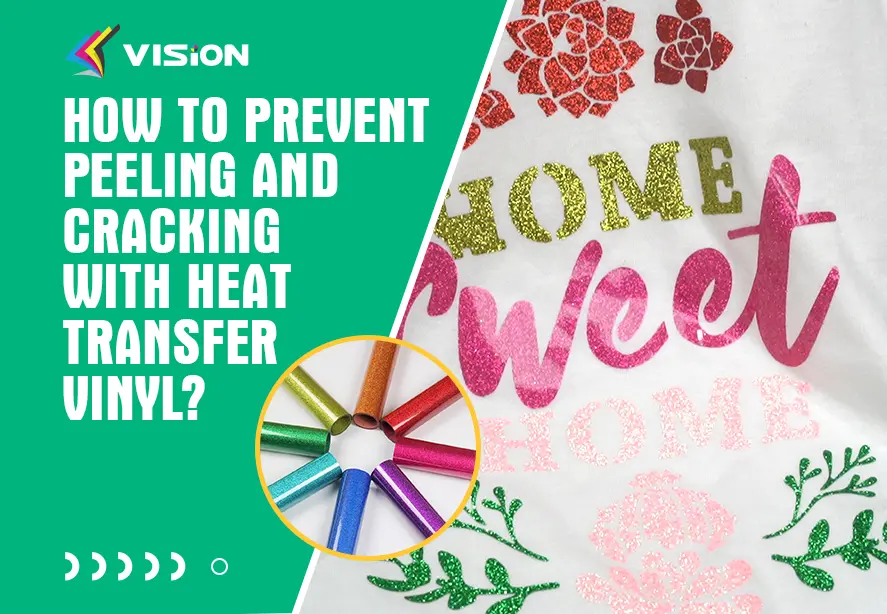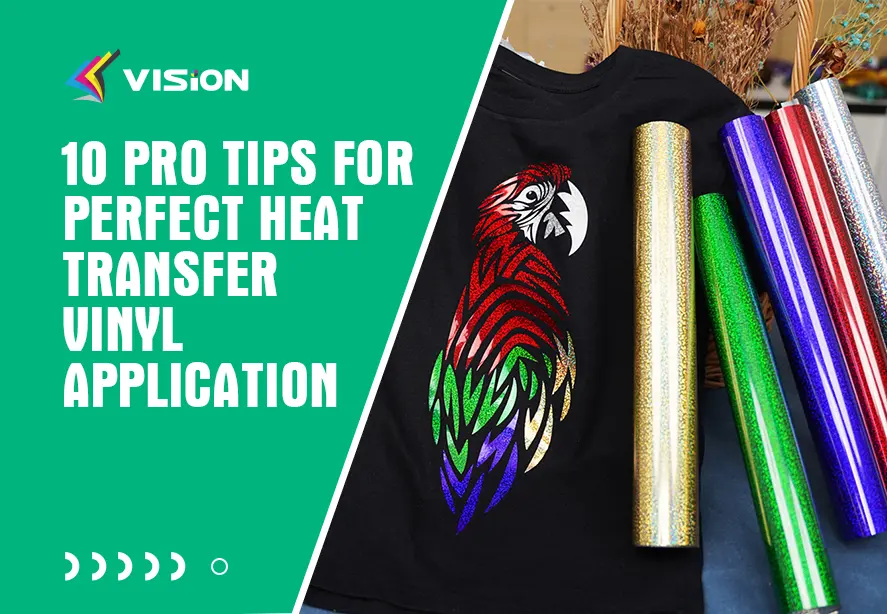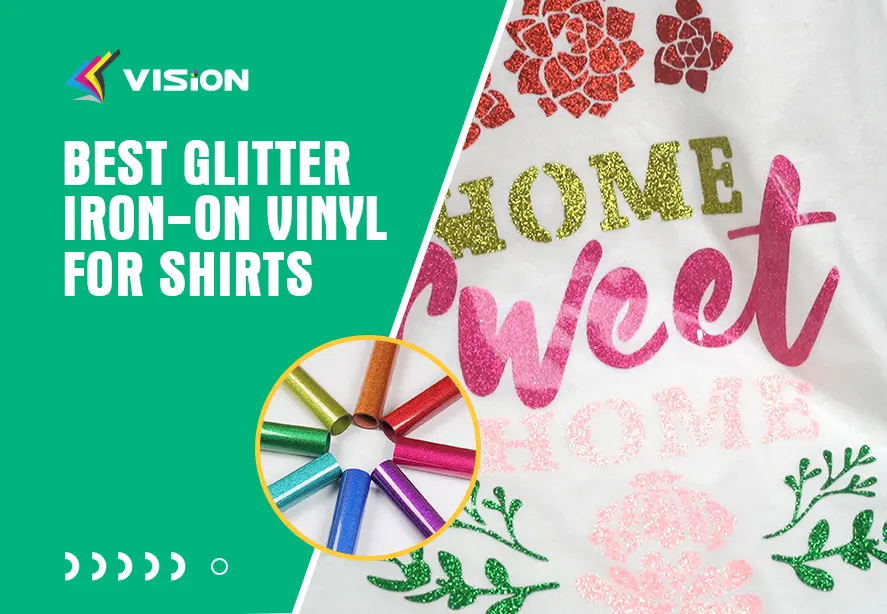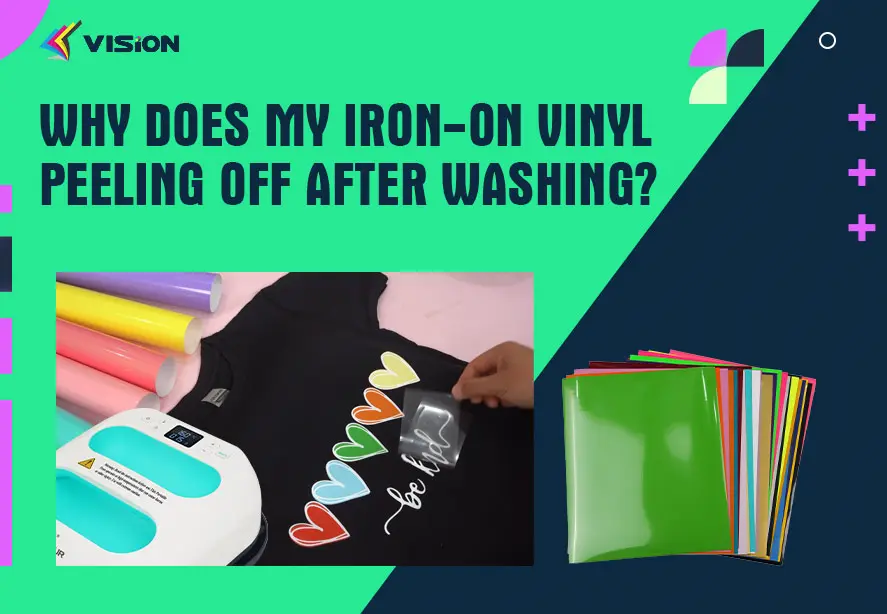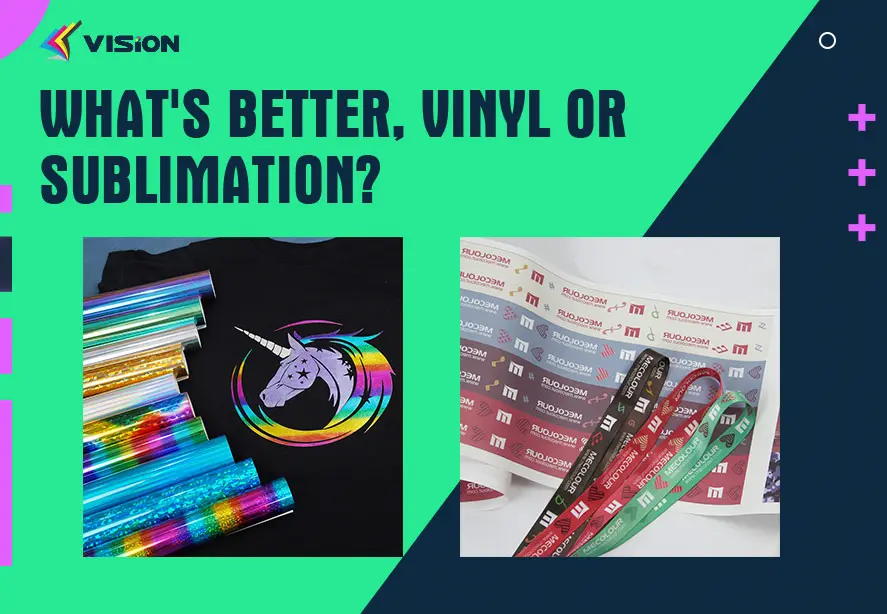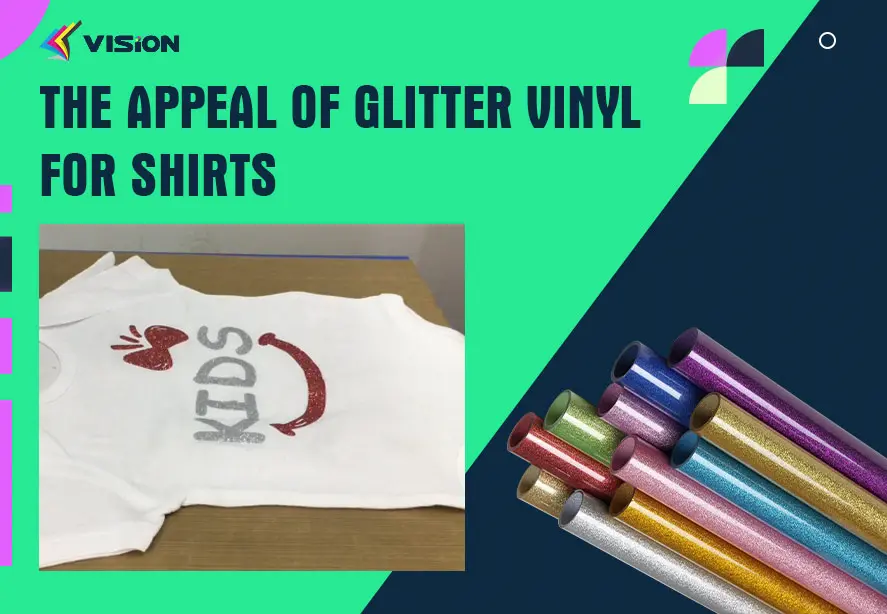Mastering Silicone Heat Transfer: Application Tips
Silicone PU heat transfer vinyl is a versatile and popular material used in the field of heat transfer printing. It offers excellent durability, stretchability, and vibrant colors, making it a preferred choice for many businesses. Whether you’re new to silicone heat transfer or looking to enhance your skills, this blog will provide you with valuable application tips to master the art of silicone heat transfer.
What is Silicone PU Heat Transfer Vinyl
Silicone PU heat transfer vinyl is a type of vinyl material that uses a combination of silicone and polyurethane. It is known for its soft, flexible, and durable properties, making it suitable for various applications, including apparel, accessories, and promotional items. The material is available in a wide range of colors, finishes, and effects, allowing for endless design possibilities.
Step-by-Step Application Process
Tools and Materials Needed
To embark on your silicone heat transfer journey, gather the necessary tools and materials. Invest in a high-quality heat press machine with precise temperature control. Essential tools such as weeding tools and heat-resistant tape ensure a smooth and accurate application process.
Preparing Your Design
Before applying silicone heat transfer vinyl, it’s essential to prepare your design properly. Here are some tips to ensure a successful application:
Vectorize your design: Convert your design into a vector format to ensure crisp and clean edges. This is especially important for intricate designs or small details.
Mirror your design: Flip your design horizontally before cutting the vinyl. This step is necessary because the vinyl will be applied in reverse, and mirroring prevents any text or graphics from appearing backward.
Weed the excess vinyl: After cutting your design, carefully remove the excess vinyl using a weeding tool. Take your time to ensure that all unwanted vinyl is removed, leaving only the desired design on the carrier sheet.
Heat Press Application
Proper heat press application is crucial to achieving long-lasting and professional-looking results with silicone heat transfer vinyl. Follow these steps for a successful application:
Set the temperature: Preheat your heat press to the recommended temperature for silicone heat transfer vinyl. The recommended temperature may vary depending on the specific brand and type of vinyl you’re using.
Position your design: Place your weeded design onto the desired garment or substrate. Ensure that the design is centered and aligned correctly.
Apply even pressure: Close the heat press and apply even pressure across the entire design. Adjust the pressure settings on your heat press machine according to the manufacturer’s guidelines.
Set the timer: Set the timer based on the recommended application time for silicone heat transfer vinyl. This time can vary depending on the specific vinyl and substrate you’re using.
Peel the carrier sheet: Once the timer goes off, carefully open the heat press and peel off the carrier sheet while the vinyl is still warm. Be gentle to avoid distorting the design or damaging the vinyl.
Post-pressing: After peeling off the carrier sheet, apply a finishing press for a few seconds to ensure a strong bond between the vinyl and the garment or substrate. This step helps to increase durability and washability.
How to use vision Silicone PU heat transfer vinyl for tshirt?
Choosing the Right Silicone Vinyl for Your Project
With various types and brands available, selecting the right silicone vinyl is pivotal. Consider factors such as color options, stretchability, and washability to ensure your chosen vinyl aligns with the requirements of your project.
In order to meet the needs of the digital printing market, VISION manufactures 10 bright colors of Silicone PU heat transfer vinyl for customers to choose.
Tips for Success
To achieve the best results with silicone heat transfer vinyl, consider the following tips:
Test, test, test: Before applying the vinyl to your final product, it’s essential to test it on a similar fabric or substrate. This will help you determine the optimal temperature, pressure, and time required for a successful application.
Choose the right fabric: Silicone heat transfer vinyl works well on a variety of fabrics, including cotton, polyester, and blends. However, it’s always recommended to test the vinyl on a small area of the fabric to ensure compatibility and desired results.
Avoid overlapping vinyl layers: When layering multiple colors or designs, be cautious not to overlap the vinyl layers. Overlapping can lead to uneven heat distribution and affect the final appearance of the design.
Washing and care instructions: Provide your customers with proper washing and care instructions to ensure the longevity of the silicone heat transfer vinyl. Advise them to turn the garment inside out when washing, use mild detergents, and avoid harsh chemicals or bleach.
Silicone PU heat transfer vinyl offers endless possibilities for creating vibrant, durable, and eye-catching designs. By following the application tips mentioned above and practicing on various fabrics, you can master the art of silicone heat transfer and achieve professional results. Remember to experiment, learn from your mistakes, and stay up-to-date with the latest techniques to continuously improve your skills in this exciting field of heat transfer printing. Also, you’re well-equipped to elevate your designs and explore the limitless possibilities of silicone heat transfer.


